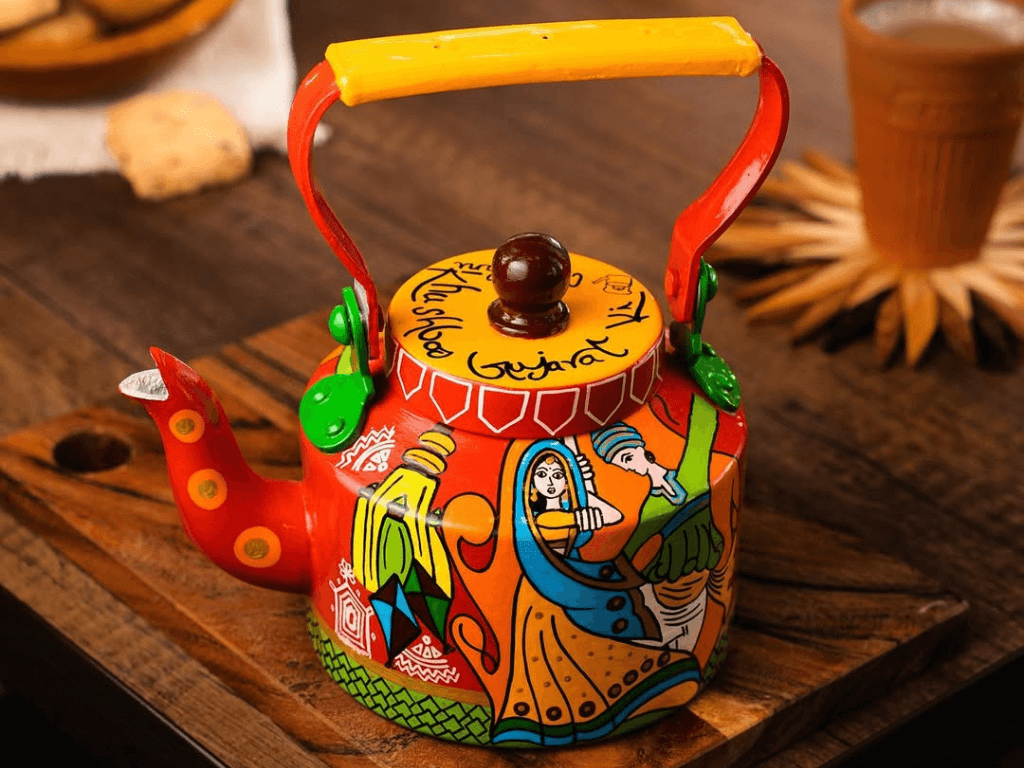
Beyond Mom-and-Pop: How Second-Gen South Asians Are Turning Family Shops Into Empires
Business Feb 24, 2025
The vibrant South Asian diaspora in North America has long been synonymous with entrepreneurial spirit. From family-owned grocery stores and restaurants to sprawling franchises and tech ventures, South Asians have played a pivotal role in shaping the business landscape. However, as the torch passes to the second generation, traditional family businesses are experiencing a wave of transformation. This generational shift redefines how these businesses operate and are perceived within the community and beyond.
Bridging Tradition and Innovation
For many first-generation immigrants, family businesses were born out of necessity—a means to establish stability and financial security in a new land. These businesses were often operated with a ‘tried-and-true’ mindset, focusing on hard work, long hours, and community connections. Second-generation South Asians, however, are bringing a fresh perspective. Armed with formal education, technological expertise, and exposure to diverse cultural norms, they are not just merging tradition with innovation but also redefining it with their creative and adaptive spirit.
Take, for example, the evolution of small mom-and-pop stores into digitally integrated e-commerce platforms. Second-generation entrepreneurs expand their reach beyond local communities by leveraging social media, search engine optimization (SEO), and data analytics. This shift modernizes the business and makes it competitive in a rapidly changing market.
Three Strong Examples of Success
Several South Asian-owned businesses in North America serve as prime examples of this transformation:
- Chai Pani Group: Founded by Meherwan Irani, this restaurant group started with a single Indian street food concept in Asheville, North Carolina, and has since expanded to multiple locations. Irani introduced a modern twist by incorporating locally sourced ingredients and reimagining classic dishes to suit diverse palates. For instance, their “Sloppy Jai” is a creative take on the American Sloppy Joe infused with Indian spices. This innovative approach, combined with a vibrant dining atmosphere, led to the expansion of Chai Pani into multiple locations, including Decatur, Georgia. In 2022, Chai Pani Asheville was honored with the James Beard Award for Outstanding Restaurant, underscoring its impact on redefining Indian cuisine in America.
- Hot-Star Foods: Hot-Star Large Fried Chicken, initially a Taiwanese brand, was introduced to the Toronto market by South Asian entrepreneurs. They implemented innovative marketing strategies to appeal to younger, diverse demographics, including engaging social media campaigns and collaborations with local food bloggers. They created buzz and attracted loyal customers by showcasing their signature oversized fried chicken through enticing visuals and interactive posts. This approach modernized the traditional food concept and established Hot-Star as a trendy eatery among millennials.
- BollyX Fitness: Founded by Shahil Patel, BollyX is a Bollywood-inspired fitness program that blends cultural elements with modern fitness trends. It has gained significant traction across North America, illustrating how second-generation South Asians infuse cultural heritage into new-age wellness industries.

Challenging Stereotypes
The younger generation is also challenging stereotypes associated with family businesses. Historically, South Asian family businesses were often perceived as insular, with rigid hierarchies and limited roles for women. Second-generation leaders are dismantling these notions today by prioritizing diversity, inclusion, and merit-based growth within their organizations, encouraging a more inclusive and diverse business landscape.
Women, in particular, are stepping into leadership roles previously dominated by male family members. This shift empowers and adds a new dimension to decision-making and business strategy. Moreover, many second-generation entrepreneurs actively seek external talent, collaborating with professionals from different backgrounds to infuse fresh ideas into their ventures.
Embracing Social Responsibility
A defining characteristic of second-generation South Asian entrepreneurs is their emphasis on social responsibility. While first-generation businesses often focus solely on economic survival and growth, the new generation is aligning business goals with community impact. This includes supporting local charities, implementing sustainable practices, and fostering inclusive work environments.
For instance, many second-generation entrepreneurs prioritize eco-friendly packaging, ethical sourcing, and community outreach programs. These initiatives not only resonate with socially conscious consumers but also reflect the values of younger South Asians who are deeply connected to both their cultural roots and global issues.
Balancing Family Dynamics
Navigating generational differences is one of the most challenging aspects of redefining traditional family businesses. Second-generation leaders often face resistance when proposing changes to long-standing practices. It can be delicate to balance respecting their parents’ legacy and carving out their vision.
Open communication and mutual respect are key to overcoming these challenges. Many families are turning to professional mediators or consultants to facilitate discussions and create a shared roadmap for the business. By fostering an environment where both generations feel heard and valued, families can ensure a smoother transition and a stronger future for their ventures, instilling a sense of optimism about the future of these businesses.
Looking Ahead
As second-generation South Asians continue to redefine traditional family businesses, they are setting a powerful example for other immigrant communities. By blending cultural heritage with modern practices, they prove that tradition and innovation coexist harmoniously. Their efforts not only strengthen the South Asian business community but also contribute to North America’s broader economic and cultural fabric.
The future of South Asian family businesses lies in this ability to adapt and evolve. With their unique blend of entrepreneurial grit, cultural pride, and forward-thinking strategies, second-generation South Asians are poised to leave an indelible mark on the business world.T
Featured Image: https://www.instagram.com/chaipanistreetary/
Author
Internationally celebrated, award-winning media personality and author of several business and lifestyle articles, Tushar Unadkat, is the CEO, Creative Director of MUKTA Advertising, Founder, and Executive Director of Nouveau iDEA, Canada. He holds a Master of Design from the University of Dundee, S...













































































































